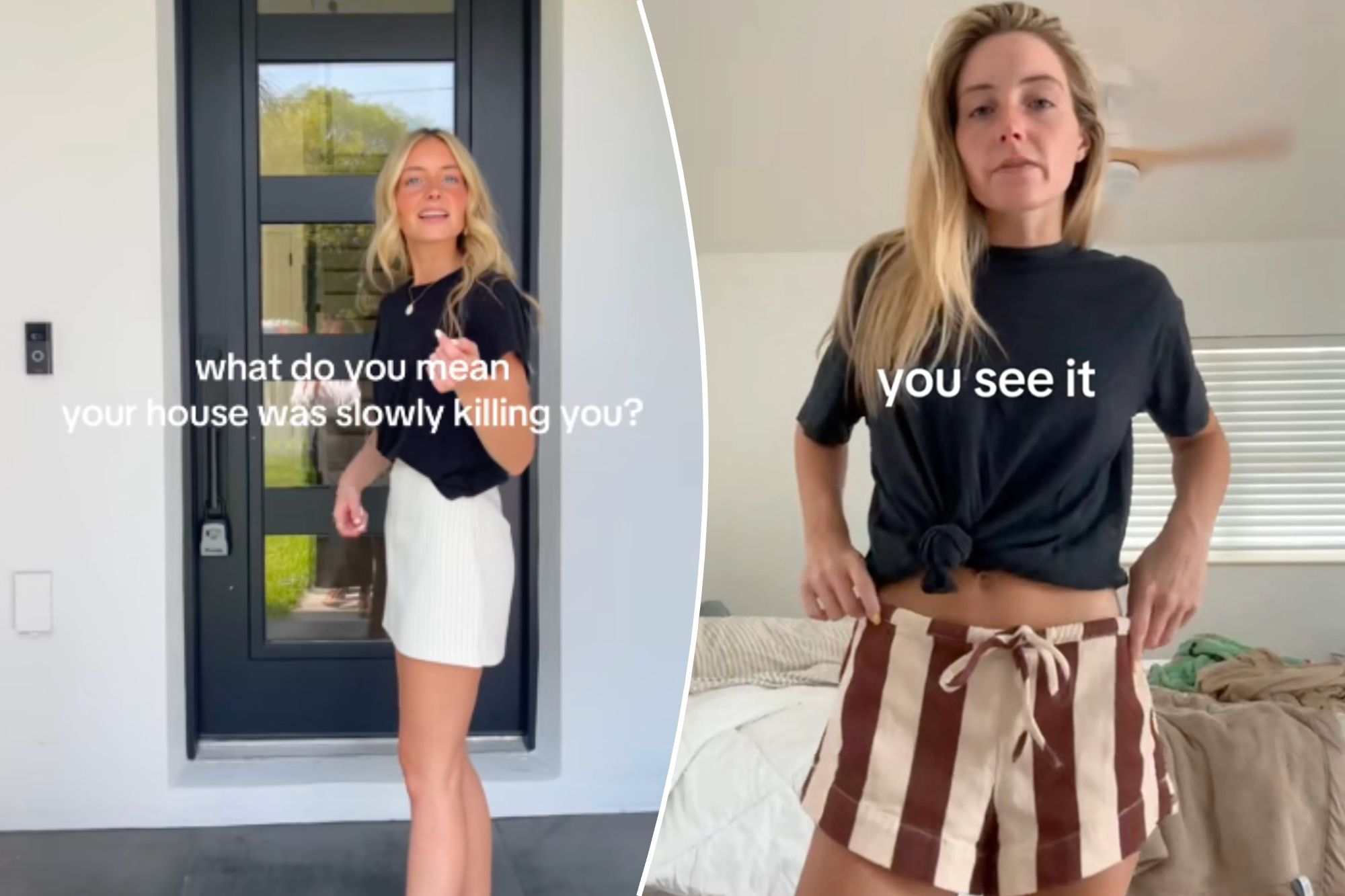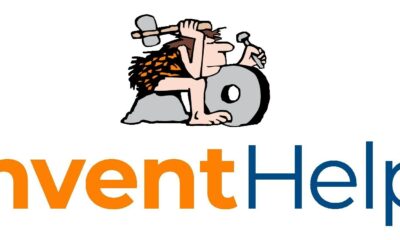Health
Florida Woman Discovers Mold Threat After Mysterious Illness

A Florida woman experienced a series of alarming health issues after moving into her new home, ultimately tracing the cause to mold exposure. Grace Cronkright, a realtor based in Tampa Bay, began noticing strange symptoms shortly after her family purchased their house approximately one year ago. What started as a simple headache escalated into severe brain fog, memory loss, and debilitating migraines, prompting her to seek answers.
Initially, Cronkright attributed her symptoms to common allergens or stress. She experienced headaches, rashes, and respiratory issues, such as a stuffy nose and itchy throat. However, by June 2023, the situation worsened dramatically during a plumbing renovation when she was struck by an intense migraine. Concerned about potential exposure to hazardous materials, Cronkright contacted environmental specialists.
The inspection revealed that mold was the hidden threat. Mold thrives in warm and damp environments, releasing airborne spores that can be inhaled. While not all molds are harmful, exposure can lead to various health problems.
Dr. Nicholas Nassikas, an assistant professor of medicine at Harvard Medical School, explained the risks associated with mold exposure. It can cause inflammation along the respiratory tract, particularly affecting individuals with allergies or asthma. In severe cases, mold exposure may lead to lung infections or even life-threatening allergic reactions. More concerning, certain molds produce mycotoxins, which are associated with serious health issues, including cancer and organ damage.
Once the mold was disturbed during the renovation, Cronkright’s symptoms intensified. She experienced shortness of breath, severe migraines lasting up to ten days, and numbness in her face and arms. “You can just see it sucking the life out of you,” she stated in a social media video.
Mold remediation specialists responded by quarantining the affected areas, running air scrubbers, and removing contaminated materials. The thorough process had to be repeated multiple times before tests confirmed the air quality was safe. Cronkright felt significant improvement after the initial remediation efforts.
The prevalence of mold in homes is alarming. According to a 2022 report from the National Institute for Occupational Safety and Health, nearly half of all homes in the United States have some form of mold or dampness. Lamia Ibrahim, a critical care pulmonologist at the Cleveland Clinic, noted that mold often grows in high-humidity areas, such as basements and bathrooms, particularly where ventilation is poor.
Homeowners can take preventive measures to limit mold growth. Addressing moisture issues promptly is crucial. This includes fixing plumbing leaks, ensuring items dry thoroughly, and improving airflow through proper ventilation. If carpets or upholstery become wet, they should be cleaned or replaced, as they may harbor mold spores even if they appear dry.
For small mold infestations, typically less than ten square feet, homeowners can use cleaning solutions like bleach or vinegar. However, for larger areas, it is advisable to consult professionals to ensure safe and thorough removal.
Cronkright’s experience serves as a stark reminder of the potential health risks associated with mold exposure. Awareness and proactive measures can help protect individuals from the dangers lurking in their homes.
-

 Technology5 months ago
Technology5 months agoDiscover the Top 10 Calorie Counting Apps of 2025
-

 Health2 months ago
Health2 months agoBella Hadid Shares Health Update After Treatment for Lyme Disease
-

 Health3 months ago
Health3 months agoErin Bates Shares Recovery Update Following Sepsis Complications
-

 Technology4 months ago
Technology4 months agoDiscover How to Reverse Image Search Using ChatGPT Effortlessly
-

 Technology1 month ago
Technology1 month agoDiscover 2025’s Top GPUs for Exceptional 4K Gaming Performance
-

 Technology2 months ago
Technology2 months agoElectric Moto Influencer Surronster Arrested in Tijuana
-

 Technology5 months ago
Technology5 months agoMeta Initiates $60B AI Data Center Expansion, Starting in Ohio
-

 Technology5 months ago
Technology5 months agoRecovering a Suspended TikTok Account: A Step-by-Step Guide
-

 Health4 months ago
Health4 months agoTested: Rab Firewall Mountain Jacket Survives Harsh Conditions
-

 Lifestyle5 months ago
Lifestyle5 months agoBelton Family Reunites After Daughter Survives Hill Country Floods
-

 Technology4 months ago
Technology4 months agoHarmonic Launches AI Chatbot App to Transform Mathematical Reasoning
-

 Technology3 months ago
Technology3 months agoUncovering the Top Five Most Challenging Motorcycles to Ride





















